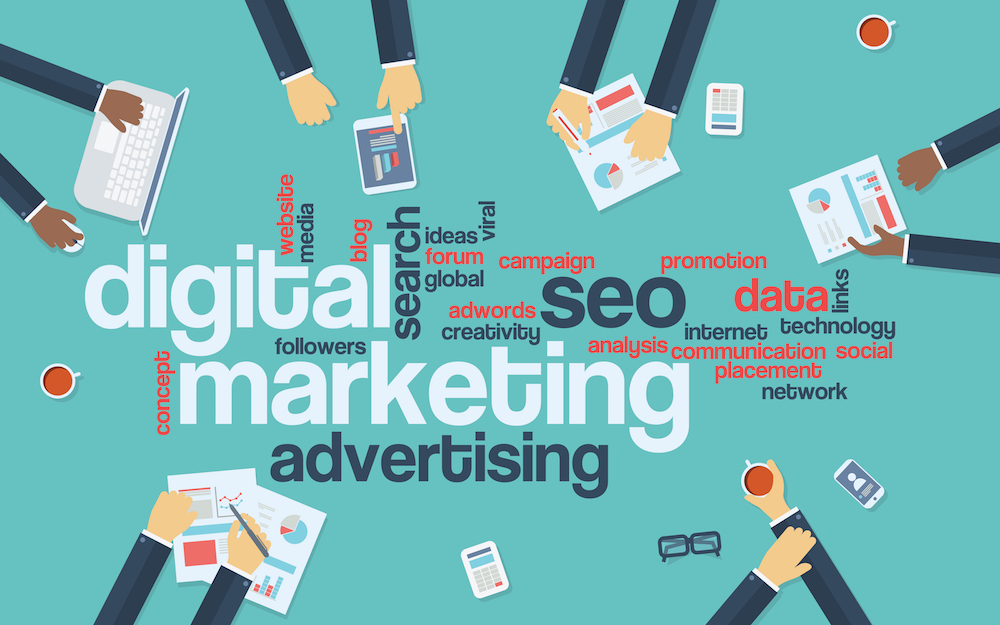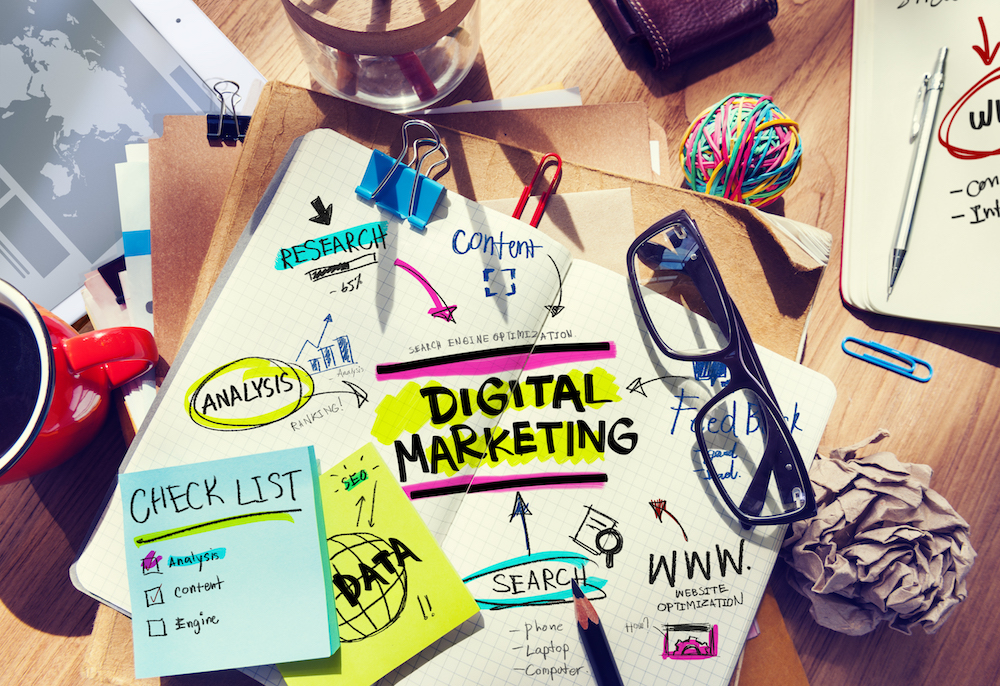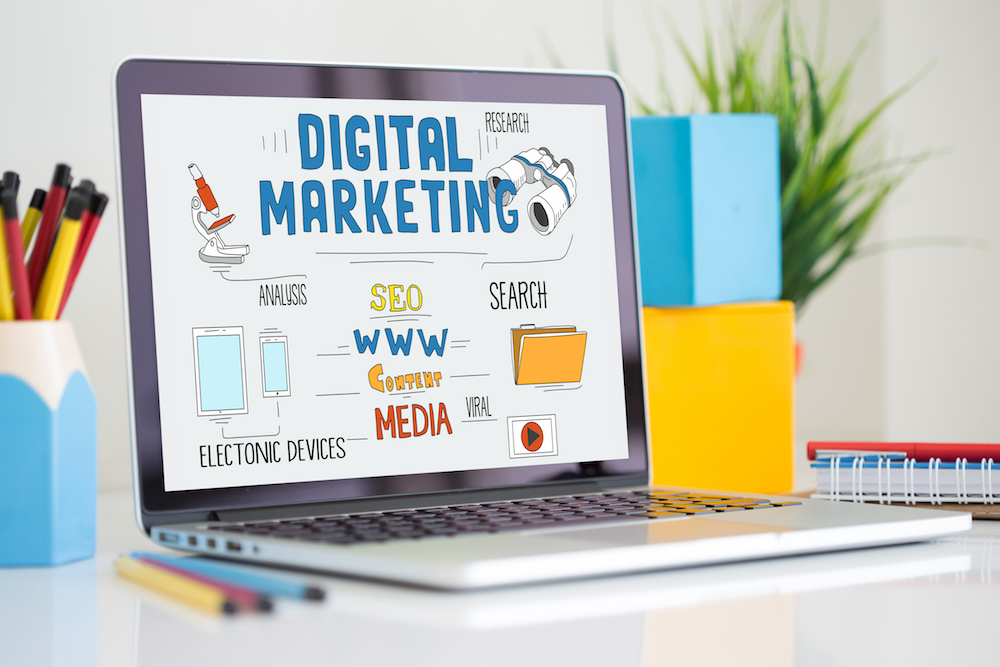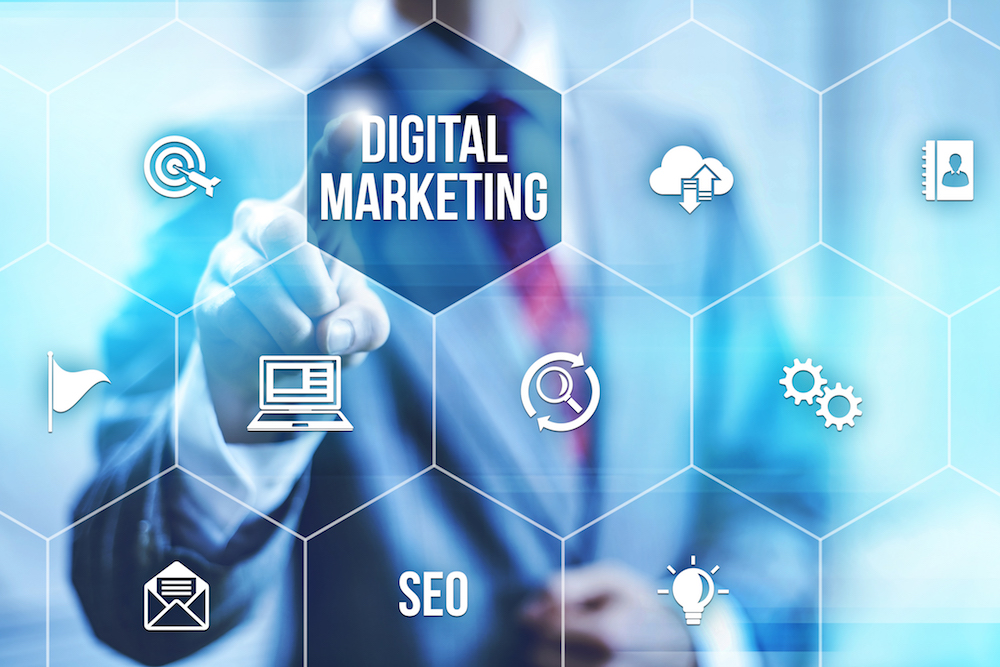Content marketing will be a primary focus for brands during the next 12 months, as 60% expect to spend more on digital resources and ads during that time, according to a new report released by Dentsu Aegis Network.
Titled Brands Win in the Digital Economy: CMO Survey 2018, the report found that content marketing is now ubiquitous across the whole business spectrum but that larger organisations are really doubling down on these activities. Almost half said their budgets will increase by 5% or more, and only one in 20 said they envisage content spend falling during the next year.
Confidence is high among chief marketing officers (CMOs) in the financial, technology and automotive sectors, as all expect to drive great returns for marketing strategies. However, there remain a few key challenges as CMOs attempt to leverage new tech to identify opportunities and make sense of big data and the wider digital economy.
The main concern for CMOs is the lack of control they have over digital investments or new programs that their company is focusing on, as this can often make it more difficult to deliver successful marketing campaigns. Linking different channels and elements to aid the customer’s experience is another concern.
Data will be a prized asset for CMOs during the next two to three years, as 71% say it provides the biggest strategic opportunity, especially when attempting to reach and engage with real people. However, 68% claim extracting insights from growing data sets is harder.
“Content is king” is now a well-worn mantra, but it still rings true for marketers, as 72% of respondents said high-quality content will be a top priority during the next year.
A separate study by Havas has again highlighted the key role content plays in making a brand “meaningful” to consumers. The Meaningful Brands study found that 60% of the content that brands produce does not provide any added value to end users. Therefore, working with the right partner, such as an expert third-party agency, can make a difference to ROI and engagement.
Havas analytics officer Maria Garrido says brands that fail to step up and deliver the content consumers need risk disappearing entirely and claims that the number of brands that will do so will “be worse” year-on-year as customer expectations increase.
Therefore, brands must think about their dispensability and consider how to reboot content to create meaningful and lasting bonds with audiences. Garrido believes content needs varying by brand, category and consumer and that marketers must know how to serve up articles, blogs, videos and infographics that end users really want to engage with.
She adds: “If you take the healthcare sector, consumers have an expectation that first and foremost, the content should be about helping them. And the second thing is it should be about informing them.” Garrido concludes that content must reinforce and fulfil consumer expectations but urged brands to use a mix of entertaining, informative and educational resources to get the job done.”









